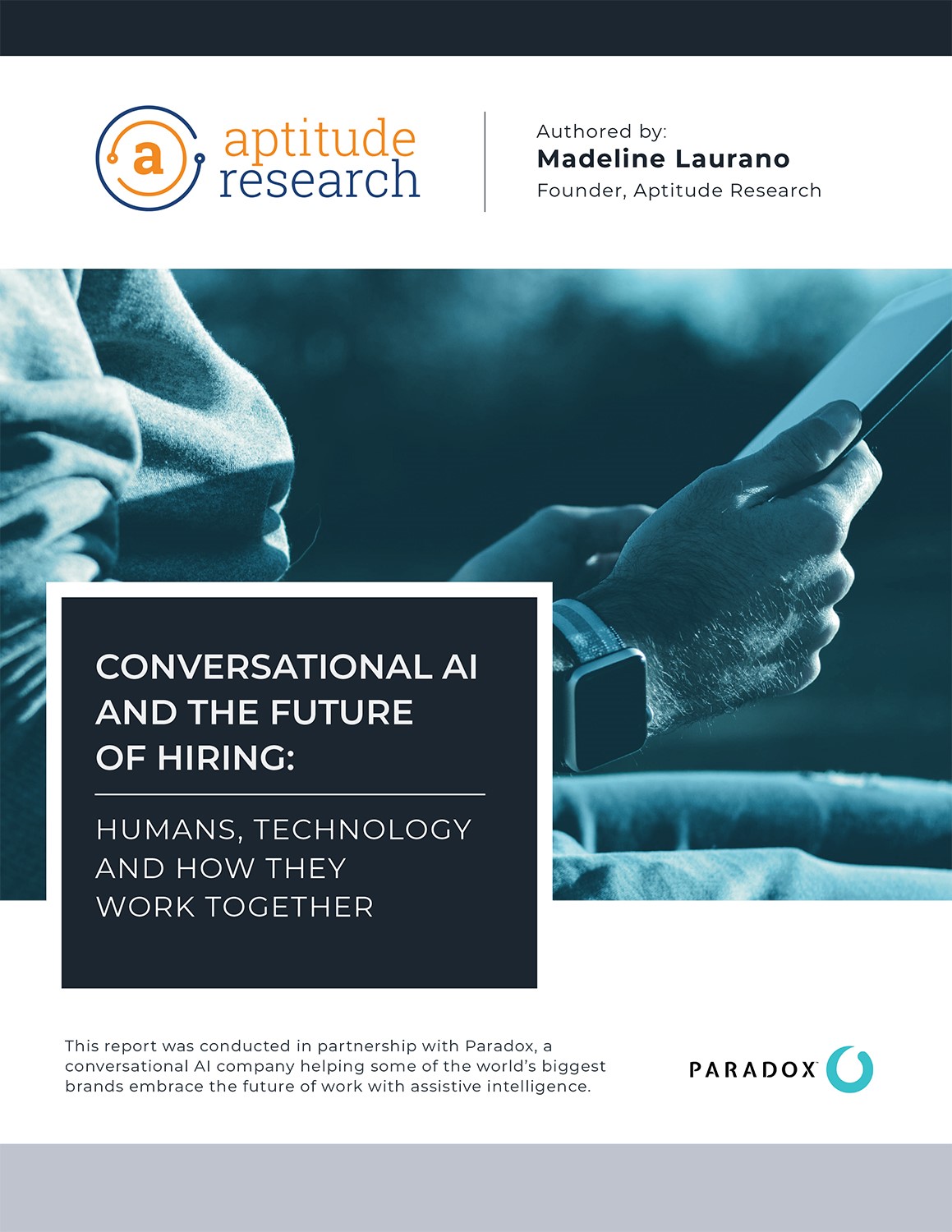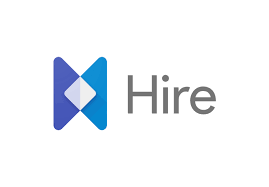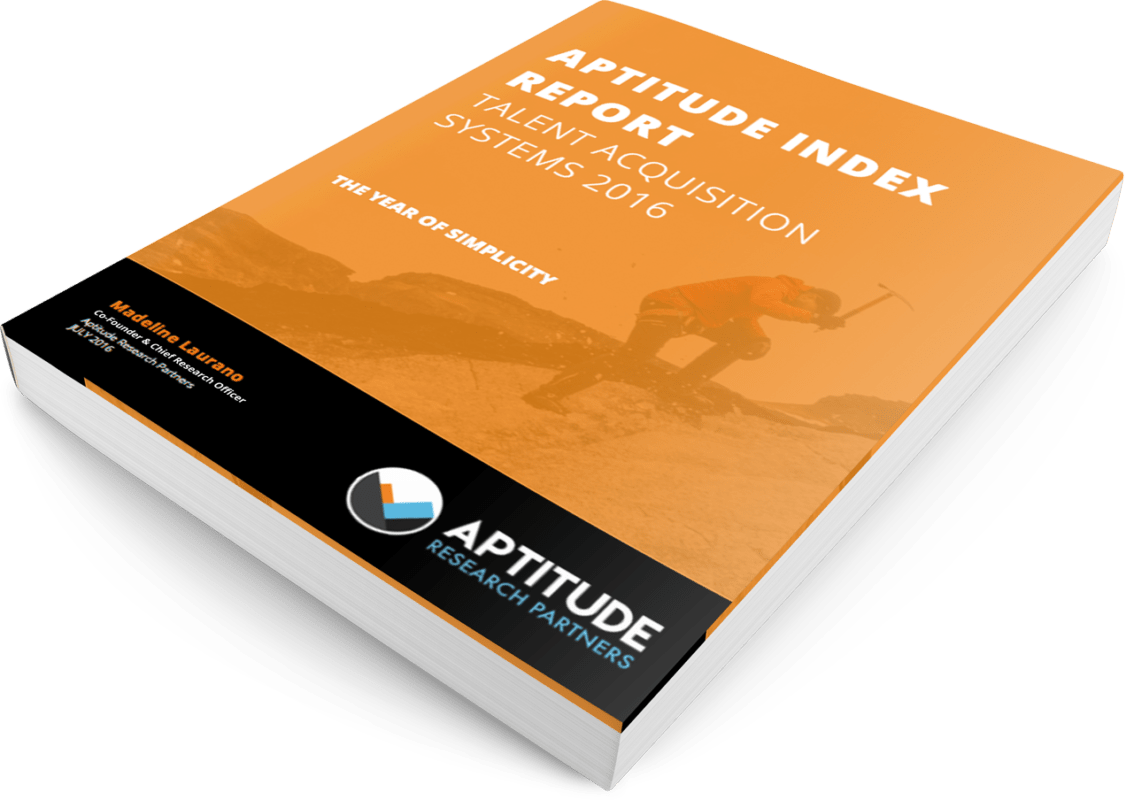One of the biggest changes in talent acquisition technology over the past year has been the uptick in conversational AI. Companies are looking for better ways to communicate with candidates, improve efficiencies, and offer simplicity- especially through the past three months.
I am excited about Aptitude’s latest research report on this topic in partnership with Paradox. Currently, 38% of companies are investing in conversational AI compared to 7% last year.
Below are some of the key findings from this research:
1. Conversational AI is more than a chatbot. Many of the misperceptions around conversational AI stem from the belief that it is simply a chatbot. Chatbots provide value in giving responses to candidates in real-time. These responses are typically canned answers to basic questions delivered through text. Conversational AI offers a more sophisticated and more personalized solution to engage candidates through multiple forms of communication. Conversational AI gets smarter through use and connects recruiters and candidates in a more meaningful way. In fact, 39% of companies using conversational AI state that the most significant benefit is improving the candidate experience (Aptitude Research). By referring to this technology as “chatbots,” companies miss the many use cases for engaging talent and the numerous benefits beyond saving time.
2. Companies that use Conversational AI see high adoption and satisfaction. Low adoption and poor satisfaction are two common complaints with talent acquisition technology. According to Aptitude Research, 79% of companies see the value in their conversational AI investment. One reason is that these companies see greater adoption across their talent acquisition teams. While companies are using only 3% of their ATS functionality and only 2% of their recruitment marketing functionality, nearly 60% of companies are using all of the capabilities in their conversational AI solutions (Aptitude Research). Conversational AI is intuitive and straightforward when compared to many other areas of talent acquisition technology.
3. The Conversational AI market is growing. Conversational AI is quickly becoming a crowded market; many providers seem to have a chatbot, which creates confusion and misperceptions about how to evaluate and select a partner. While several of the ERP and ATS providers have chatbots or are looking to build chatbots, conversational AI solutions are few and far between. Companies that want to transform talent acquisition through better engagement and an improved experience are looking at stand-alone providers. According to Aptitude Research, nearly 60% of companies are looking at stand-alone providers over their ATS providers.
4. The investment remains steady during this global pandemic. While other areas of talent acquisition technology have been slowing down during today’s global pandemic, the investment in conversational AI remains strong, with over 30% of companies still investing or planning to invest in these solutions in the next year. As companies face new realities with remote recruiting, candidate communication, and the future of work, conversational AI solutions can support companies through this uncertainty.
5. Companies should look beyond candidates. When considering conversational AI, most companies think about the apply process or the screening process. Yet, many companies are expanding their use of these solutions into areas such as interviewing, onboarding, and the employee experience. The benefits of consistent communication, real-time feedback, and 24/7 access should benefit more than candidates. It should reach employees and HR teams as well. Companies are exploring the use of conversational AI to support the full employee experience. McDonald’s just announced plans to hire 260,000 people this summer and conversational AI is a big part of its’ story.
6. Companies across many industries are leveraging these solutions. Conversational AI is disrupting many industries. The belief is that these solutions are only suited for retail and restaurants. Aptitude Research found that the most significant growth was also in financial services, healthcare, and aerospace.
This report is available today and includes the business impact of conversational AI, use cases beyond talent acquisition, and a McDonald’s case study.







